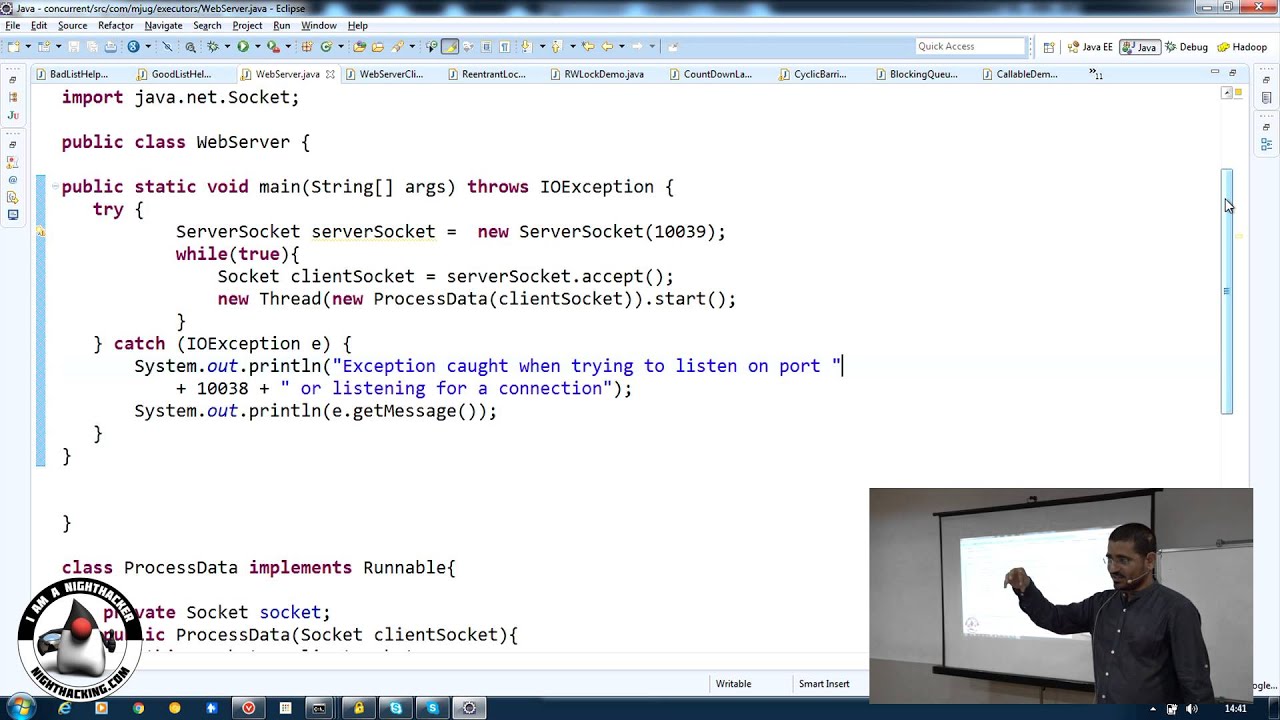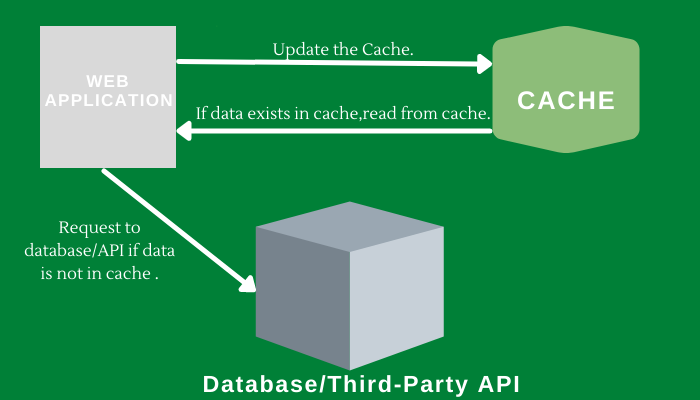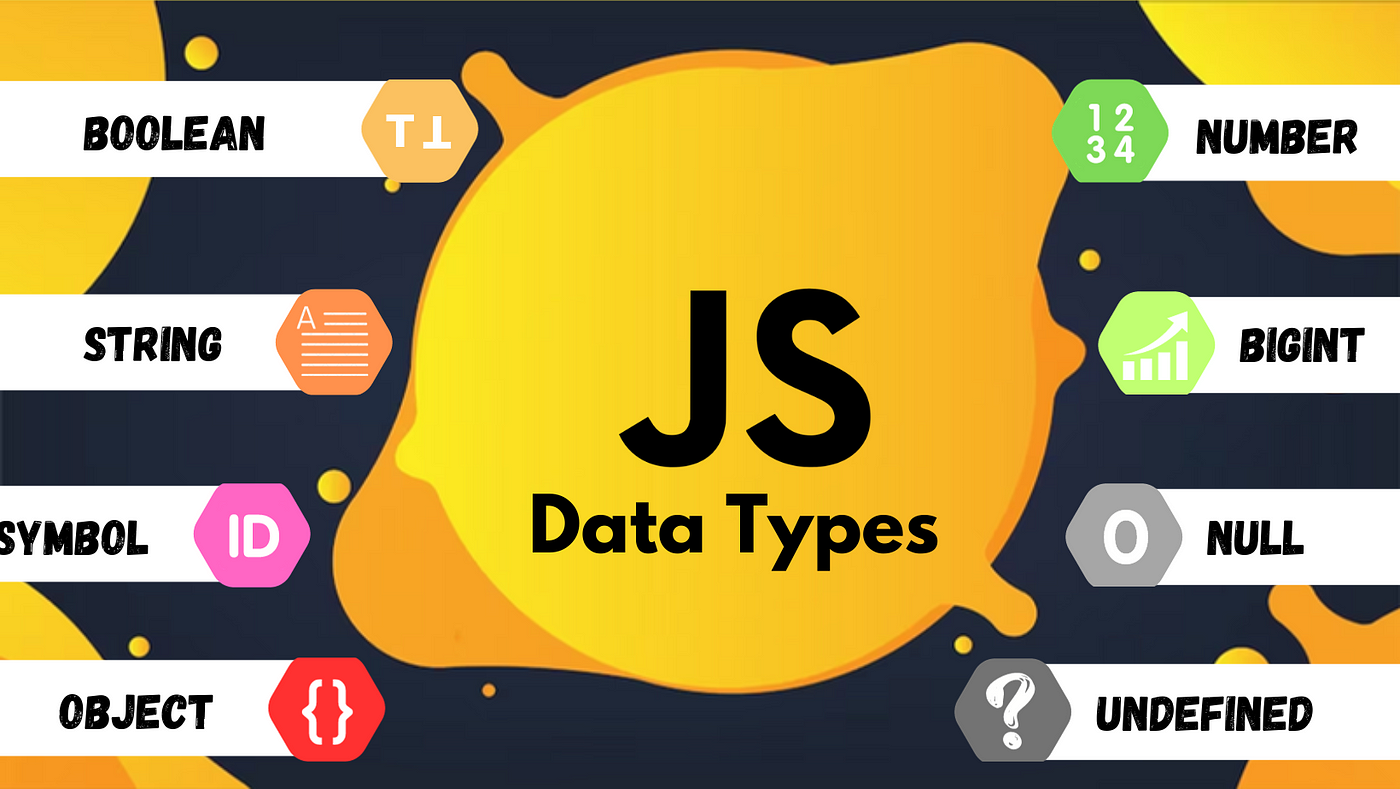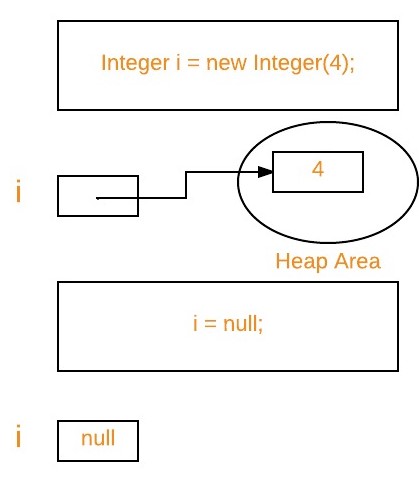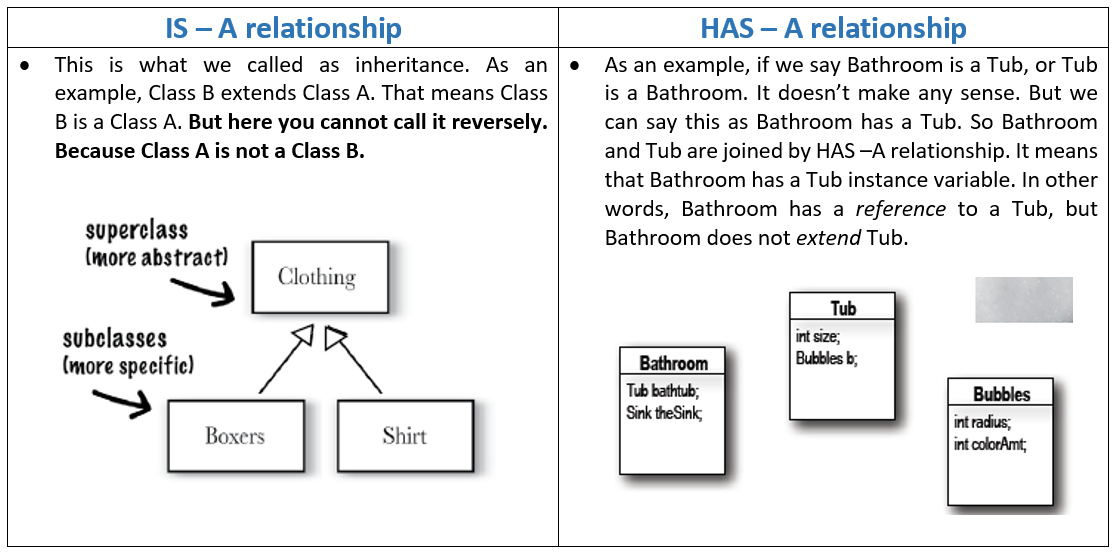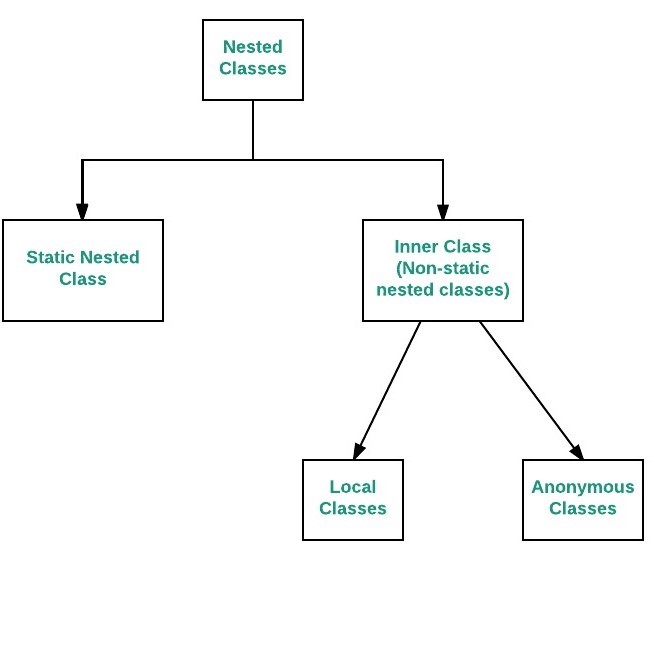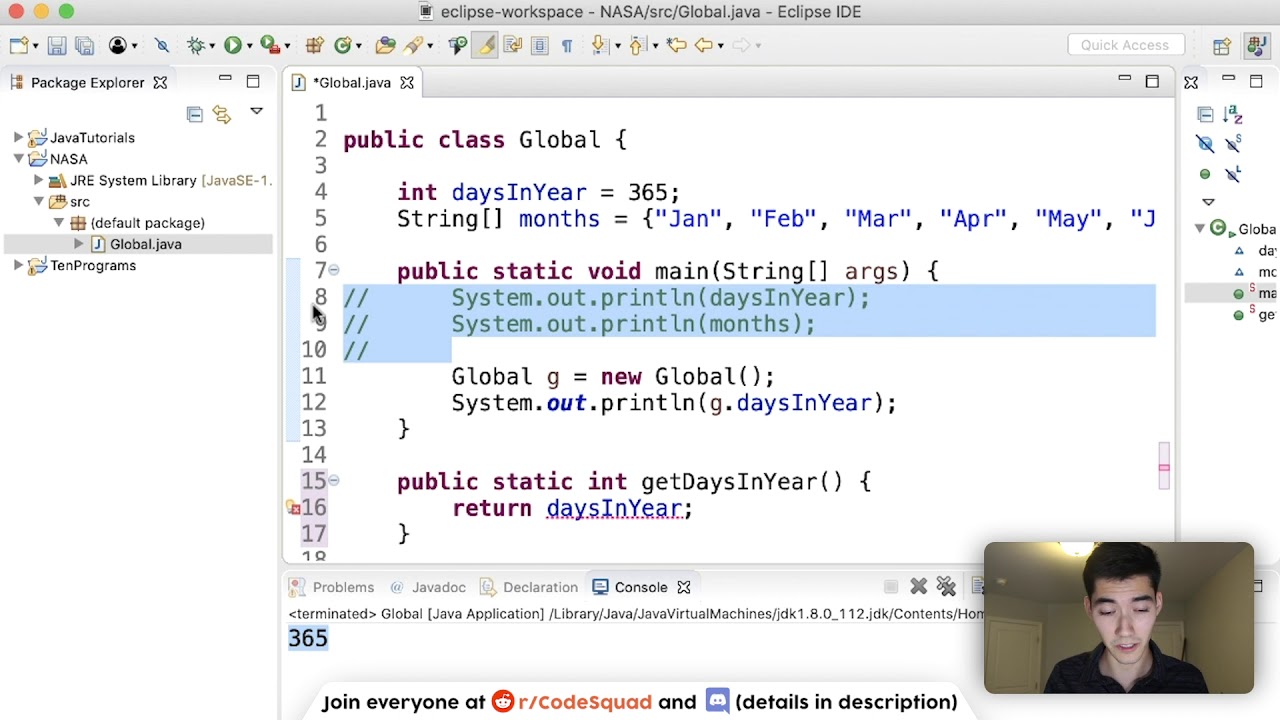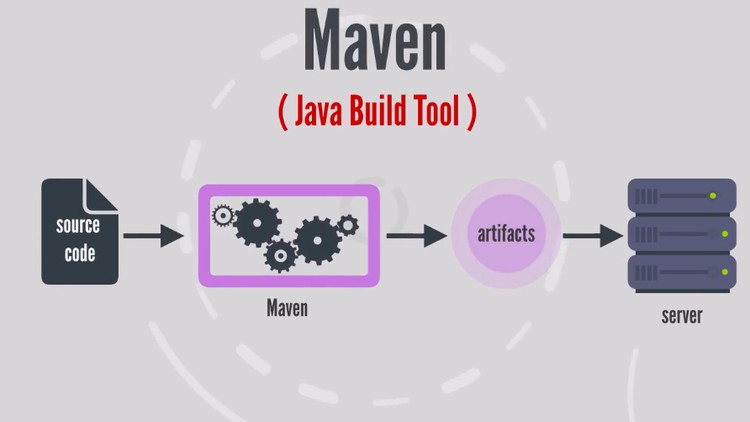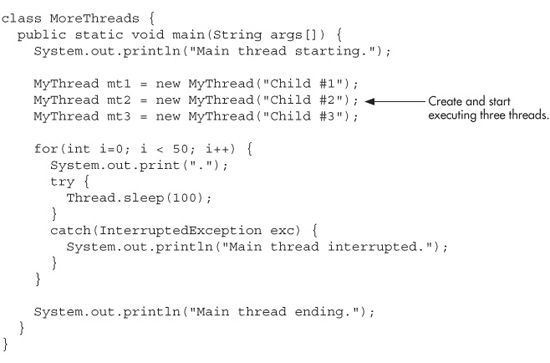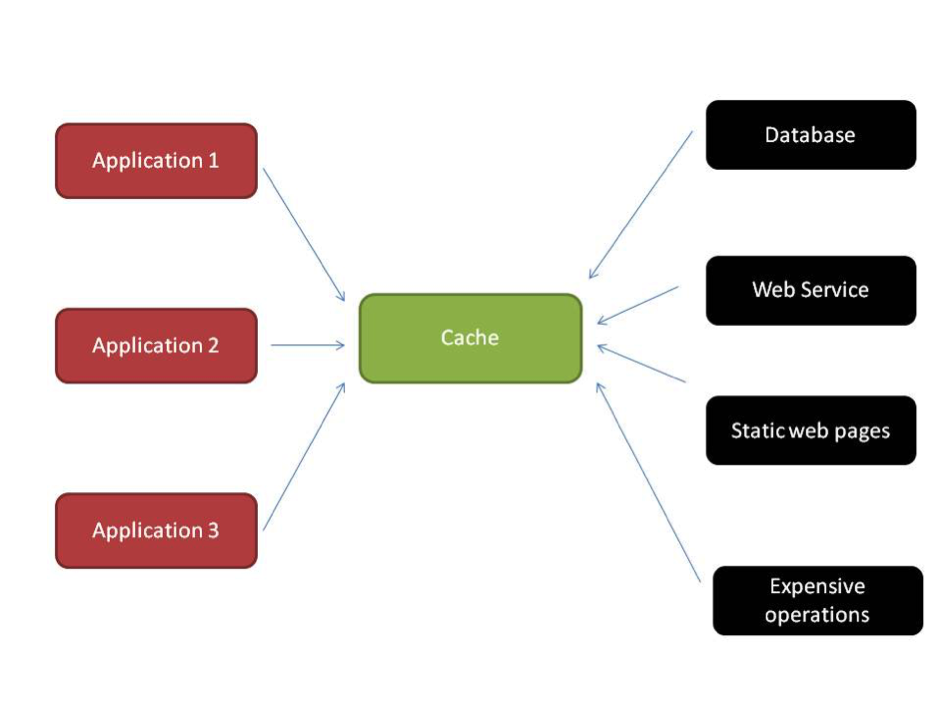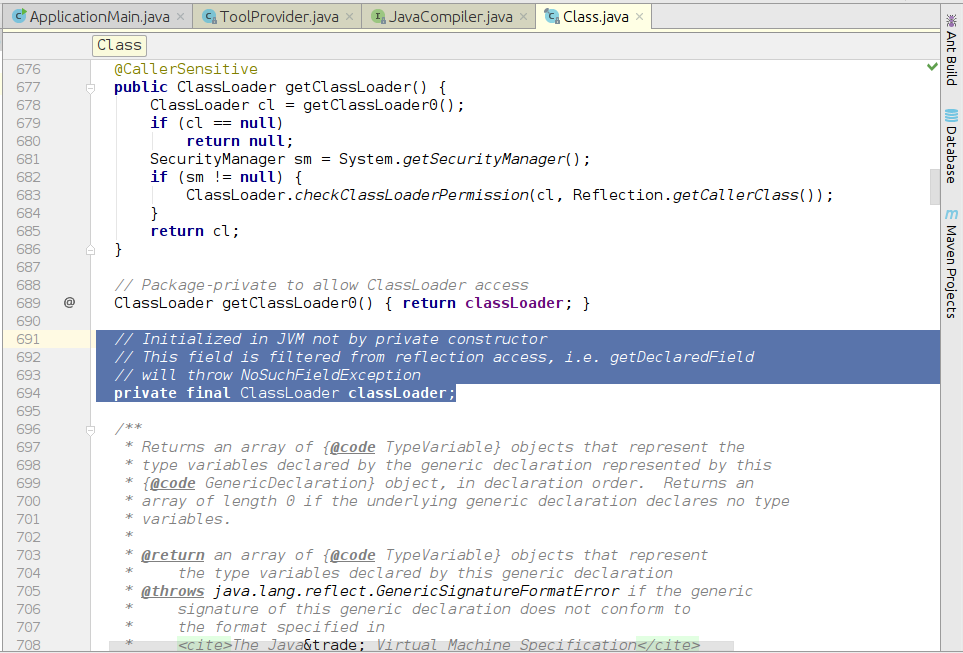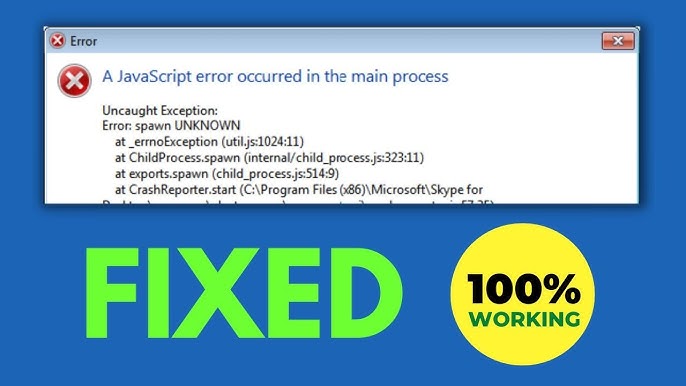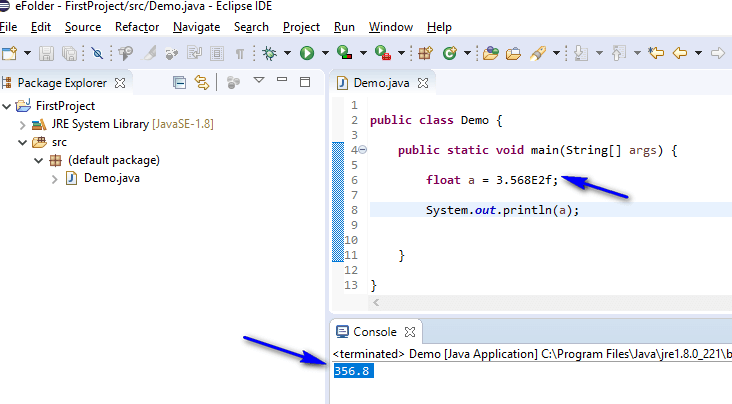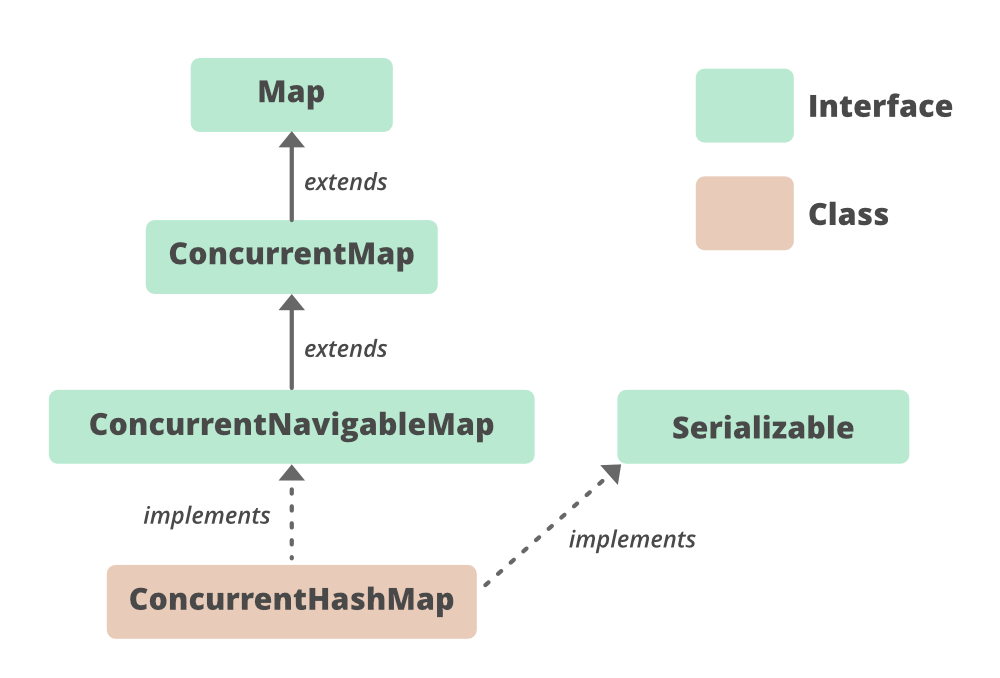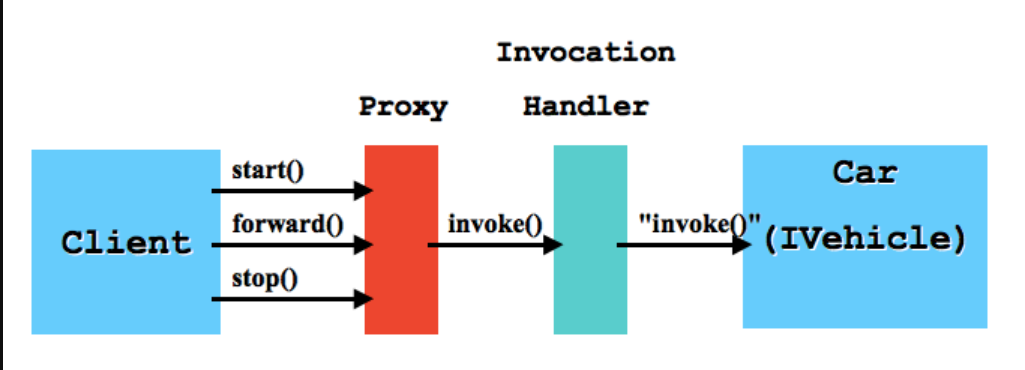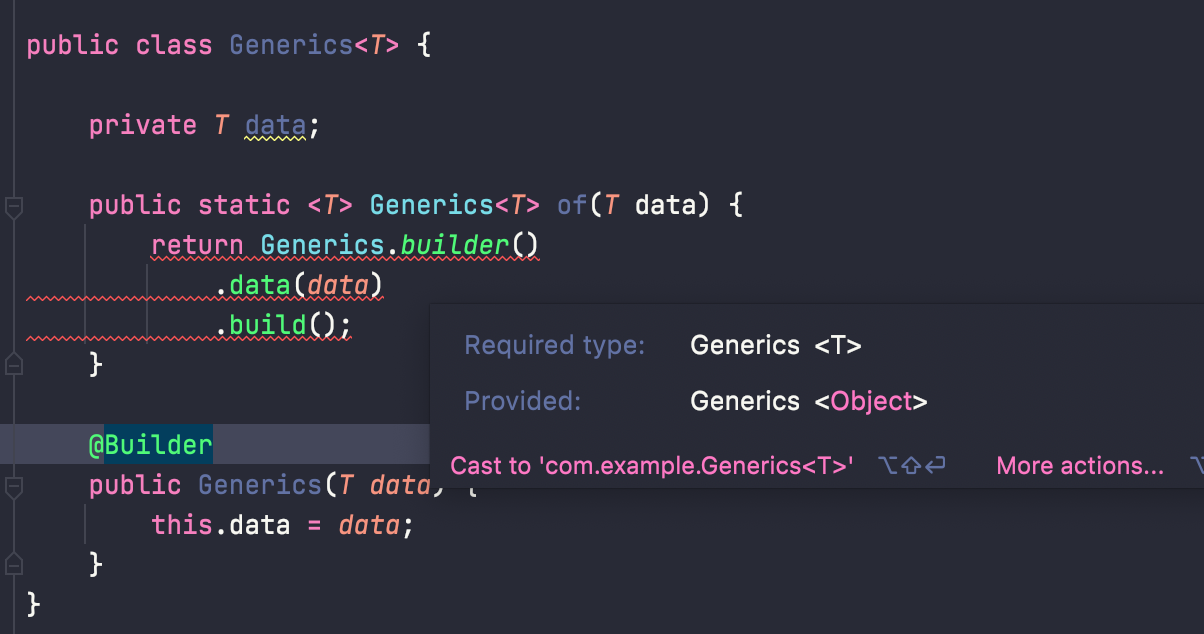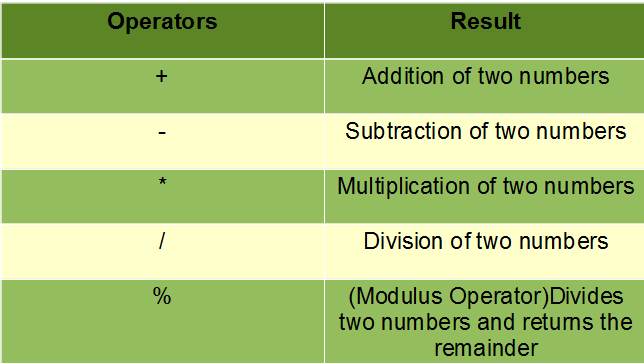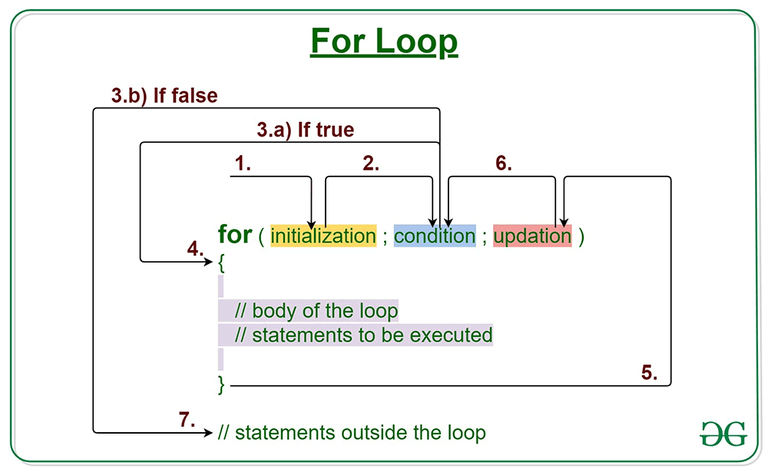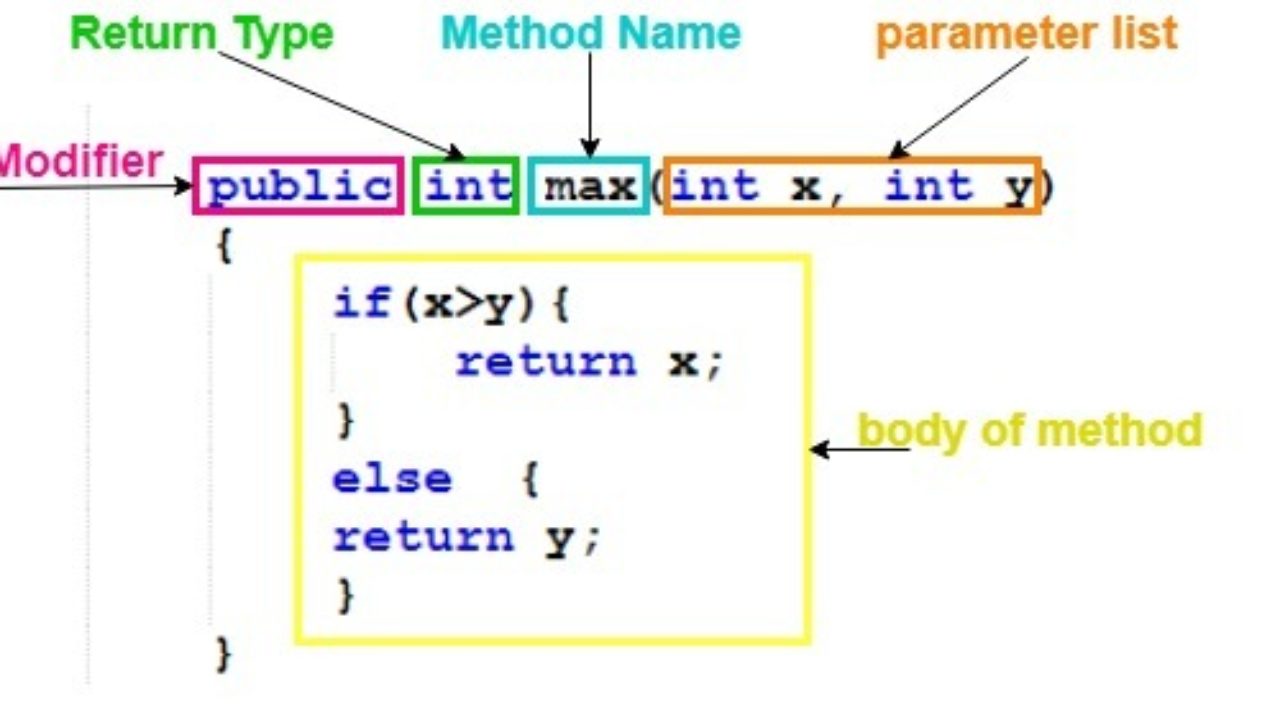Java thread pool tutorial
Java thread pool tutorial
Java Thread Pool Tutorial
Thread pools are a powerful technique for managing threads in Java, allowing you to efficiently manage multiple tasks that can benefit from asynchronous execution. In this tutorial, we will explore the basics of thread pooling and how it can be implemented in your Java applications.
What is a Thread Pool?
A thread pool is a group of worker threads that are kept alive and managed by a pool manager. When you need to perform an operation that requires multiple threads to execute concurrently (such as processing a large number of tasks), you create a new thread from the pool and assign it the task.
Thread pools are useful in scenarios where:
You have a fixed, limited amount of resources (e.g., CPU cores) and want to optimize usage. You need to perform multiple tasks simultaneously without blocking other threads. Your application has varying levels of workload or unpredictable spikes in demand.Java Thread Pool API
In Java, the Executor framework provides an API for managing thread pools. An ExecutorService is a specialized type of Executor that manages a pool of worker threads to execute tasks.
Here are the key classes and interfaces you'll need:
Executor: The interface that defines the contract for executing tasks. ExecutorService: A class that implements theExecutor interface, providing a pool of worker threads. ThreadPoolExecutor: A subclass of ExecutorService that provides default thread pool management.
Creating a Thread Pool
To create a thread pool in Java, you need to:
Create an instance ofThreadPoolExecutor. Set the desired pool configuration using various methods: corePoolSize: The minimum number of threads always maintained in the pool. maximumPoolSize: The maximum number of threads allowed in the pool. keepAliveTime: The time after which idle worker threads are terminated. Submit tasks to the executor service using the execute() or submit() methods.
Example Code
Here's a simple example that demonstrates creating a thread pool and submitting tasks:
import java.util.concurrent.ExecutorService;import java.util.concurrent.Executors;
public class ThreadPoolExample {
public static void main(String[] args) throws InterruptedException {
// Create a thread pool with 5 worker threads and a queue capacity of 10
ExecutorService executor = Executors.newFixedThreadPool(5, new NamedThreadFactory("MyThreads"));
// Submit tasks to the executor service
for (int i = 0; i < 20; i++) {
executor.submit(new MyTask(i));
}
// Shutdown the executor service
executor.shutdown();
}
}
class MyTask implements Runnable {
private int id;
public MyTask(int id) {
this.id = id;
}
@Override
public void run() {
System.out.println("Task " + id + " is running...");
// Simulate some work
try { Thread.sleep(1000); } catch (InterruptedException e) {}
System.out.println("Task " + id + " completed.");
}
}
class NamedThreadFactory implements ThreadFactory {
private final String prefix;
public NamedThreadFactory(String prefix) {
this.prefix = prefix;
}
@Override
public Thread newThread(Runnable r) {
return new Thread(r, prefix + "-" + (int)(Math.random() * 1000000));
}
}
In this example:
We create a fixed-size thread pool with 5 worker threads. We submit 20 tasks to the executor service usingsubmit() calls. Each task represents some simulated work that takes approximately 1 second to complete.
Best Practices
When working with thread pools, keep the following best practices in mind:
Understand your workload: Carefully analyze your application's performance characteristics and adjust pool settings accordingly. Monitor and adjust: Use monitoring tools (e.g., JVM metrics) to track thread pool performance and make adjustments as needed. Consider a fixed-size vs. a cached-thread pool: Fixed-size pools are suitable for predictable workloads, while cached-thread pools can help with variable or unpredictable workloads.Conclusion
Java thread pooling provides a powerful way to manage threads efficiently, allowing your applications to take full advantage of multiple CPU cores and handle varying levels of workload. By understanding the basics of thread pools and implementing best practices, you can create scalable and performant Java applications that effectively utilize concurrent execution.
What is a Java thread pool?
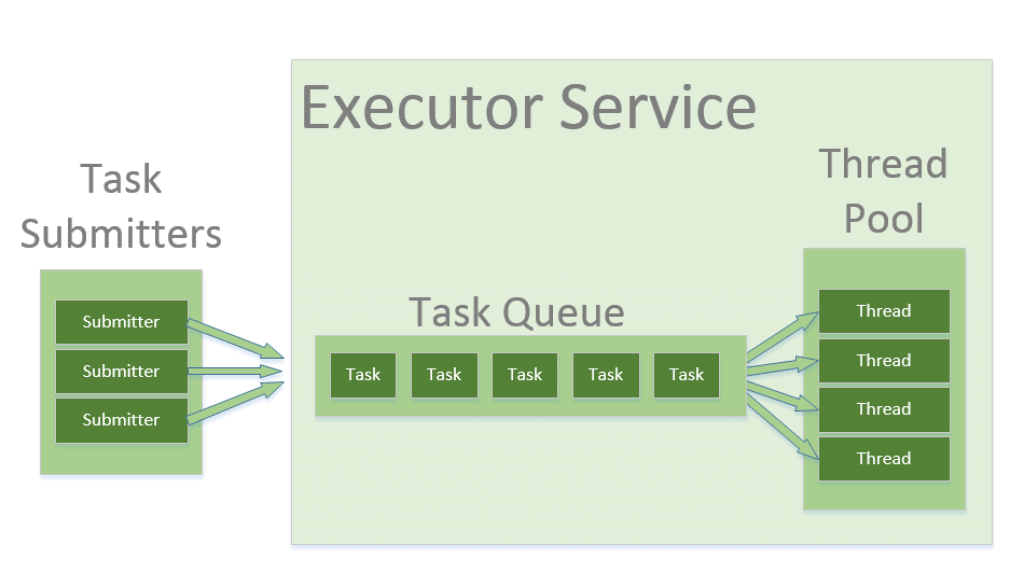
I'd be happy to explain what a Java thread pool is!
In computer science, a thread pool (also known as an executor or a worker pool) is a mechanism used by programming languages like Java to manage and reuse threads efficiently. A thread pool in Java is a collection of reusable threads that are created ahead of time and kept in memory, waiting for tasks to be executed.
When you create a new thread pool, you specify the maximum number of threads it can use (the "pool size") and how many threads will be used at any given time (the "core size"). The remaining threads in the pool are considered idle, waiting for tasks to be assigned.
The benefits of using a thread pool in Java include:
Improved performance: By reusing existing threads, you can avoid the overhead of creating new threads each time a task needs to be executed. Reduced memory usage: Since threads take up significant amounts of memory, by keeping them idle and waiting for tasks, you reduce the amount of memory required. Easier thread management: A thread pool takes care of tasks like thread creation, scheduling, and termination, leaving your application to focus on its core logic. Fault-tolerant: If one thread in the pool crashes or becomes unresponsive, other threads can continue executing tasks without interruption.In Java, you can create a thread pool using the Executors class or by implementing the Executor interface manually. The Executors class provides a range of pre-built thread pool implementations that can be used directly.
Here are some examples of how to use the Executors class:
newFixedThreadPool(5); Creating a cached thread pool: newCachedThreadPool(); (the number of threads is dynamically determined) Creating an unbounded thread pool: newThreadPoolExecutor();
When you submit a task to a Java thread pool, the executor will choose an available thread from the pool and execute the task on it. If there are no available threads in the pool, the executor may create new threads to handle the load.
In conclusion, a Java thread pool is a powerful mechanism for managing and executing tasks concurrently, providing benefits like improved performance, reduced memory usage, easier thread management, and fault tolerance. By using thread pools effectively, you can build scalable and efficient applications that take advantage of modern computing architectures!
